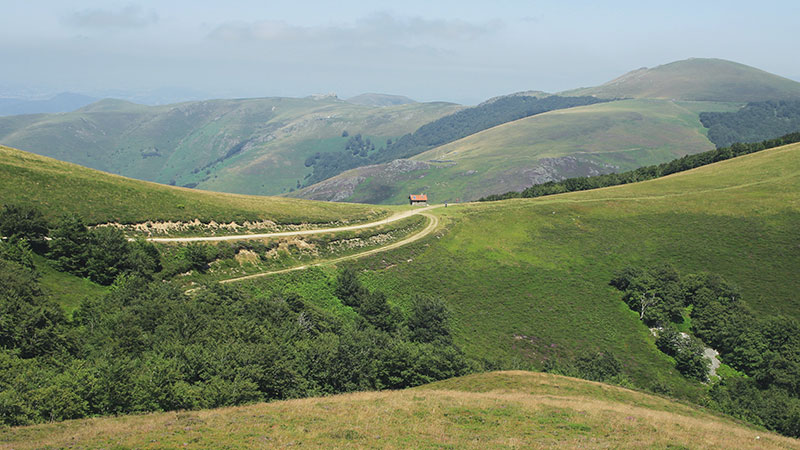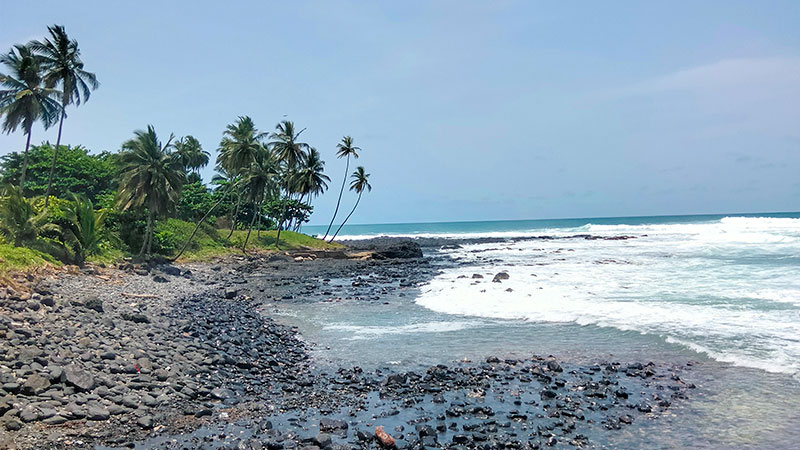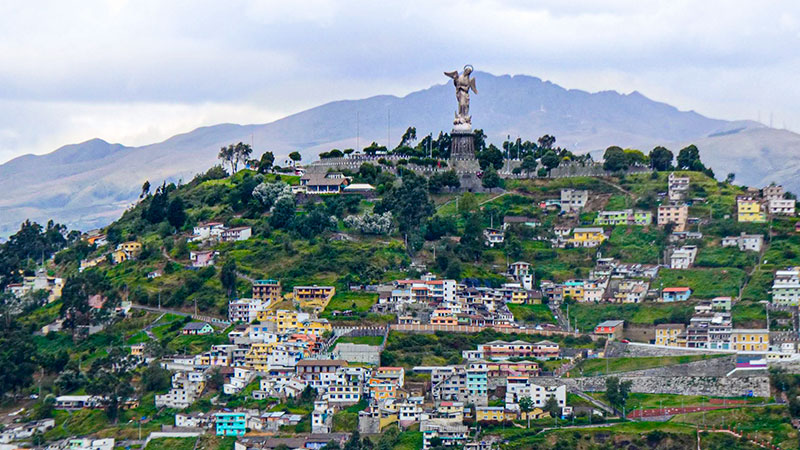NOTES FROM OUR TRAVELS
Iberia: Portugal
While Spain and Portugal share the Iberian Peninsula, they’ve always been separate countries, save for a bit of dynastic overlap a couple of times many years ago. Portugal is the older of the two and very much its own country with its own distinct language and culture. Whether you want to hike in the mountains or loll about on the beaches—or ride horseback or visit palaces and museums or eat and drink your way through every market and tapas bar—you’re sure to have a great time and make wonderful memories.
Portugal: Did You Know?
About 60% of the world’s cork comes from cork oaks that thrive in Portugal. While wine producers have long relied on these trees for bottling their vintages, purses, hats, belts and jewelry are all made from Portuguese cork.
The Portuguese capital of Lisbon is the second oldest continuously-inhabited city in Europe, with only Athens being its senior.
Lisbon’s Mediterranean appearance is deceiving! The capital of Portugal is actually nestled at the confluence of the Tagus River and the Atlantic Ocean. Its more modern look developed after a massive earthquake in 1755 destroyed most of the city’s medieval buildings.
The country boasts a dazzling array of azulejo art, colorful tile in infinite patterns and colors—a legacy of Moorish occupation that ran from about 700 AD to the mid-13th century. It’s not reserved for trim or decoration—you’ll find entire buildings covered in intricately designed tile. Blue and white tile representations of historic events are scattered about the city.
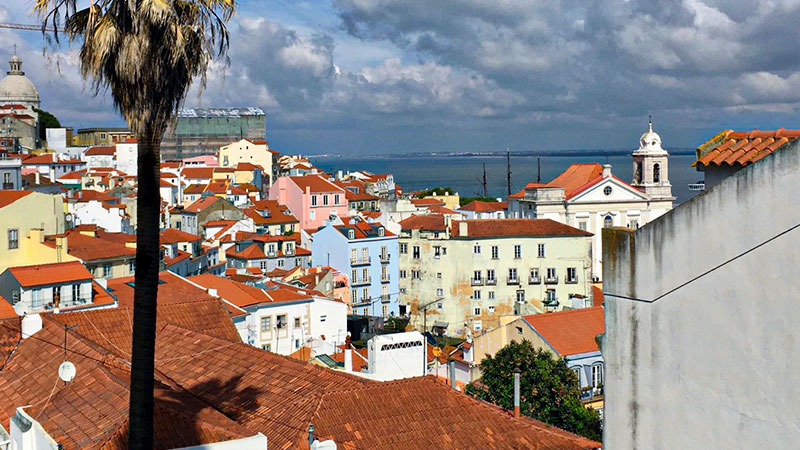
Lisbon, the capital of Portugal.
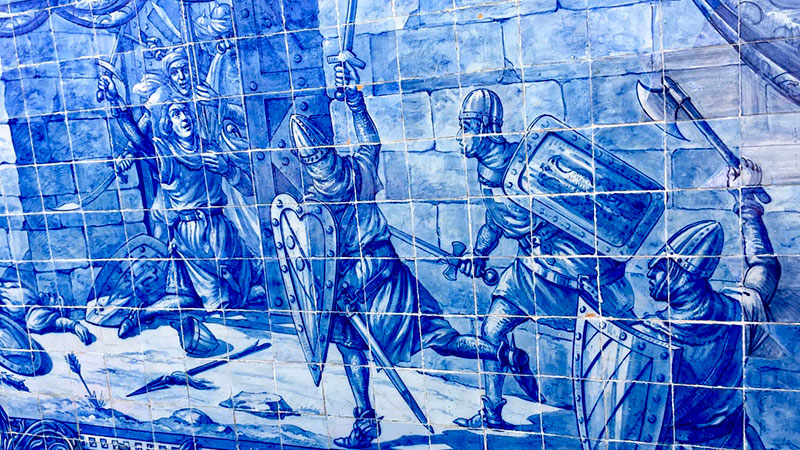
Mural detail depicting the 1147 siege of Lisbon.
Pastries and Brandy
Pastries are a way of life in Portugal, and none is more beloved than the famous pastéis de nata (on the upper right). The famous Pastéis de Belem turns out thousands of the sweet treats to long lines that trail out the entrance and down the street toward the Jerónimos Monastery next door, but excellent pastéis de nata can be found everywhere. Everyone has an opinion on which pastelaria does it best!
For a splash that is uniquely Portuguese, try Ginjinha, or ginjha for short. It’s a sour cherry brandy that you can order either neat or with the Morello cherries from which it’s made. More than 60 ginjinha shops are dotted around Lisbon, so you can get your fortification most anywhere.
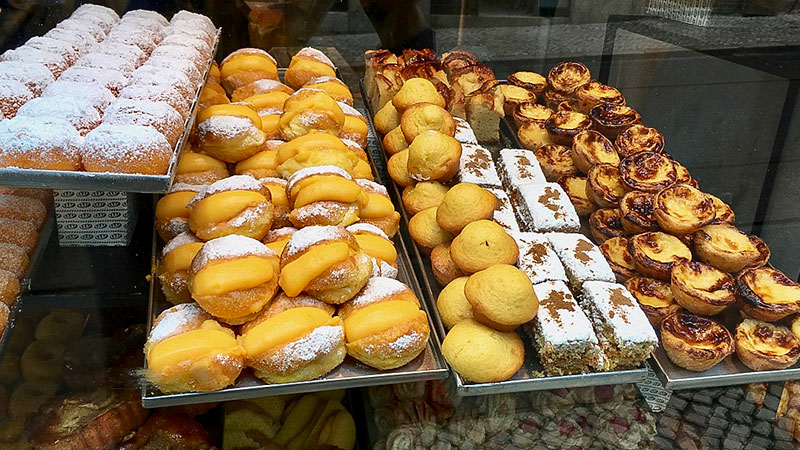
Pastéis de Belem turns out thousands of sweet treats.
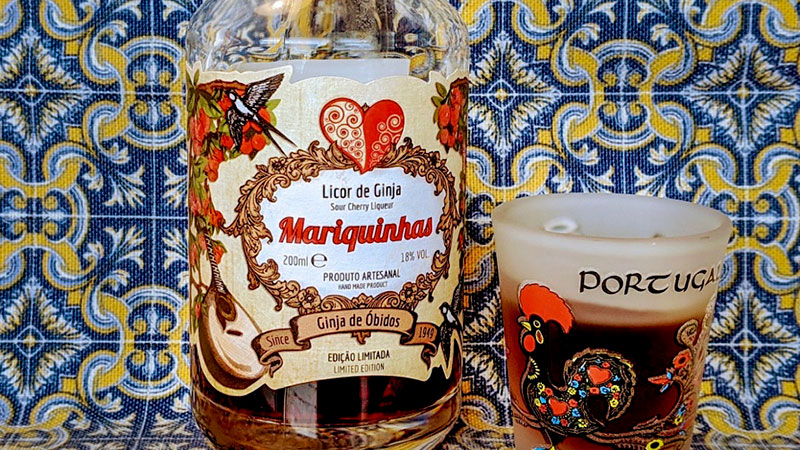
Ginjinha is a sour cherry brandy unique to Portugal.
The Terrain
Lisbon is an unbelievably hilly town requiring a network of funiculars to help you deal with the city’s geographic ups and downs. Then there’s the stylish Elevador de Santa Justa, built in 1902 and rising a full seven stories to connect the Baixa neighbohood to the bohemian Bairro Alto. There’s even an observation deck on top, from which you can admire the city and the commanding São Jorge Castle nestled above it.
In spite of all those rocky coastlines, Portugal has some amazing beaches, particularly in the south, and offers an array of activities including swimming, snorkeling, kayaking, parasailing and fishing. You can even explore caves that are inaccessible from land! When you feel the need to exchange pavement for sand, you have loads of options.
Northern Portugal boasts forests, mountains and parkland for exploring on foot—or by car. Take a hike, go birdwatching, visit castles and explore the remains of Roman occupation that predate Stonehenge!
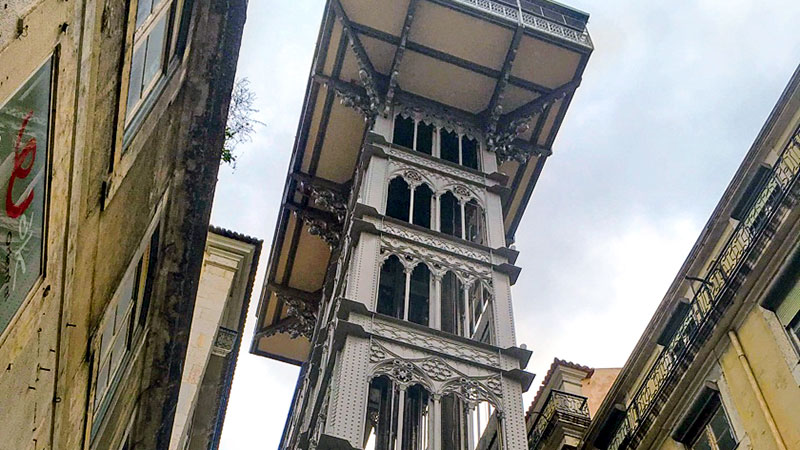
Elevador de Santa Justa.
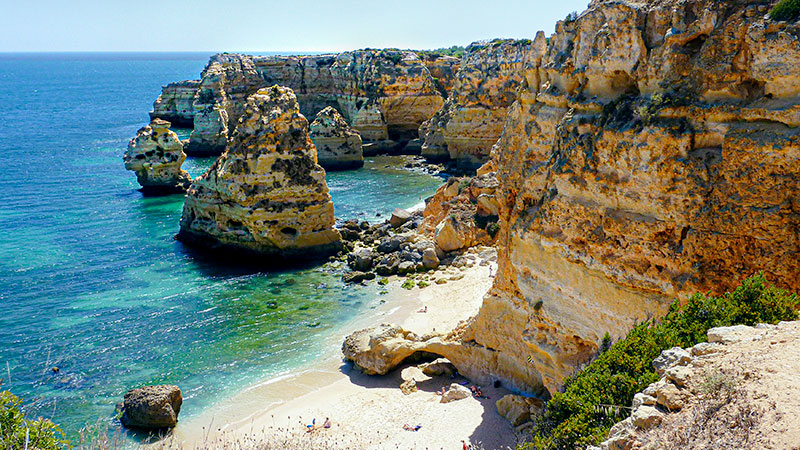
Portugal has some amazing beaches.
Contemporary Culture
To get a bit of recent history in your head, read the novel Night Train to Lisbon, or watch the 2013 film by that name. It shifts back and forth between 1974 and modern day to reveal some of the origins of contemporary, post-revolutionary Portugal.
And go to the internet and look up fado, the soulful music that is Portugal’s answer to the blues. Listen to Amalia Rodrigues, who brought fado to the attention of the rest of the world with her songs of love and longing. When you arrive in Lisbon you’ll find plenty of places to hear it performed live. You’ll find concentrations of fado houses in the Alfama and Bairro Alto neighborhoods.


